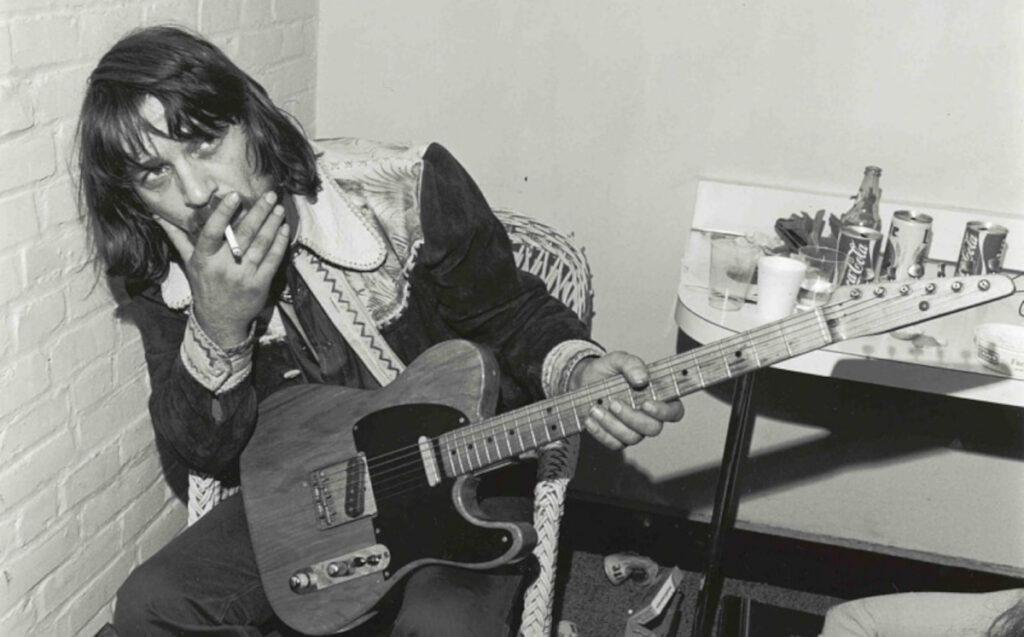A classic country ballad from the 1960s, long remembered for its melancholic melody and heartfelt lyrics, has recently been reexamined-and found to carry an even deeper, more tragic story than previously understood. This haunting song, which captured the pain and resilience of its era, reveals layers of emotional complexity that resonate powerfully with today’s audiences. In this article, we explore the background, themes, and enduring impact of this iconic track, shedding new light on why it remains a poignant staple of country music history.
The Heartbreaking Story Behind the Iconic Sixties Country Ballad
Behind the melancholic melody and heartfelt lyrics of this classic sixties country ballad lies a story steeped in real-life tragedy. Written by a young songwriter grappling with the sudden loss of a loved one, the song’s narrative captures the raw pain and vulnerability of grief in a way few tracks of its time dared to explore. What many listeners didn’t realize was that the song was forged in the wake of a devastating car accident that claimed the life of the artist’s closest friend, forever altering the songwriter’s trajectory and lending authenticity to every word sung.
The song’s popularity soared not just because of its memorable tune but because it resonated deeply with audiences who saw their own stories of loss reflected in its verses. Below is an overview of important details about the people and events behind the ballad’s creation:
- Songwriter: 22-year-old country artist navigating grief
- Inspiration: Fatal car accident involving a childhood friend
- Recorded: 1963, at a Nashville studio known for heartfelt country hits
- Initial Reception: Modest radio play, growing to classic status over decades
| Year | Event | Impact |
|---|---|---|
| 1962 | Car crash claims songwriter’s friend | Emotional catalyst for songwriting |
| 1963 | Song recorded and released | Moderate success on country charts |
| 1970s | Song covered by multiple artists | Broadening its influence and legacy |
Uncovering the Songwriters Intent and Emotional Depth
At the heart of this poignant country ballad lies a masterful blend of raw emotion and stark storytelling, carefully woven by the songwriter’s deliberate choice of words and melody. Every line resonates with a palpable sense of loss and regret, underscoring a narrative far more somber than surface impressions suggest. The subtle interplay between minor chord progressions and the melancholic lyricism reveals a deeply personal perspective, inviting listeners to not only hear but feel the weight of unspoken sorrow.
Delving deeper, the songwriter’s intent becomes clear through recurring motifs and symbolism, which serve as emotional anchors throughout the song:
- Echoes of nostalgia: Memories that haunt the protagonist, reflecting on irreversible choices.
- Imagery of fading light: Illustrates the inevitable end of relationships and hope.
- Contrasting silence and sound: Signifies moments of reflection amid chaos and inner turmoil.
| Lyric Phrase | Emotional Undertone | Songwriter’s Technique |
|---|---|---|
| “Whispers in an empty room” | Isolation and regret | Use of auditory imagery |
| “Shadows fall where love once grew” | Loss and finality | Metaphorical language |
| “Last ember flickers low” | Fading hope | Symbolism with fire |
Why This Classic Track Deserves a Fresh Listen Today
As decades pass, some songs only seem to grow in emotional complexity, and this particular ’60s country track is a perfect example. Beneath its simple melody lies a profound narrative of loss and longing that resonates more deeply today, perhaps because modern listeners are more attuned to the nuances of grief and heartache. The lyrics, which might have slipped past casual listeners in the past, now reveal layers of pain, regret, and unspoken sorrow when revisited, proving that timeless art transcends eras.
What makes this track especially compelling are elements often overlooked on first listen:
- Raw vocal delivery: The singer’s vulnerability cuts through the music, making each line feel like a personal confession.
- Minimalist instrumentation: Sparse arrangements allow the story to breathe and the emotions to take center stage.
- Subtle storytelling nuances: Every verse adds a new layer, unveiling more about the protagonist’s tragic circumstances.
| Element | Original Impression | Modern Perspective | |||||||||
|---|---|---|---|---|---|---|---|---|---|---|---|
| Melody | Catchy & straightforward | Haunting & immersive | |||||||||
| Lyrics | Simple storytelling | Deeply emotional and tragic |
| Element | Original Impression | Modern Perspective |
|---|---|---|
| Melody | Catchy & straightforward | Haunting & immersive |
| Lyrics | Simple storytelling | Deeply emotional
In SummaryIn revisiting this haunting ’60s country classic, it becomes clear that its tragic narrative resonates more deeply than many listeners may have initially realized. Beyond its melancholic melody and evocative lyrics lies a story that continues to reflect timeless themes of loss and heartache, cementing the song’s enduring place in the country music canon. As modern audiences rediscover its emotional weight, the track stands as a poignant reminder of the genre’s power to capture the complexities of the human experience. |
